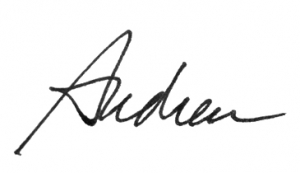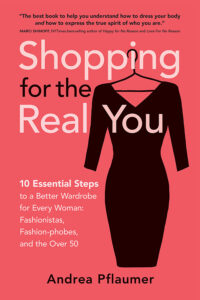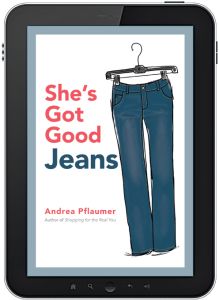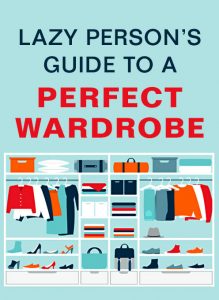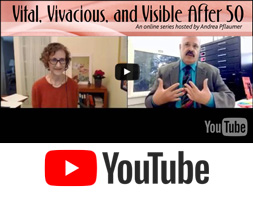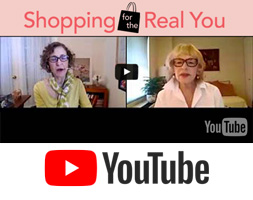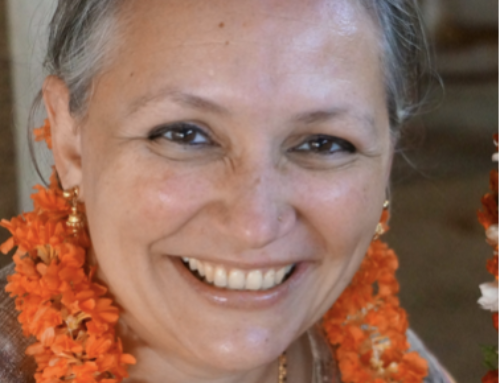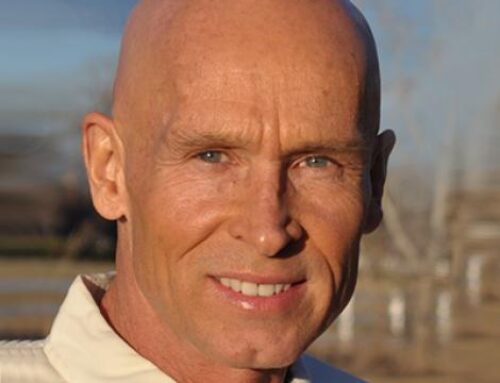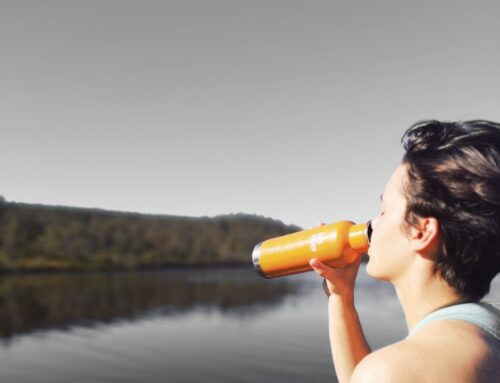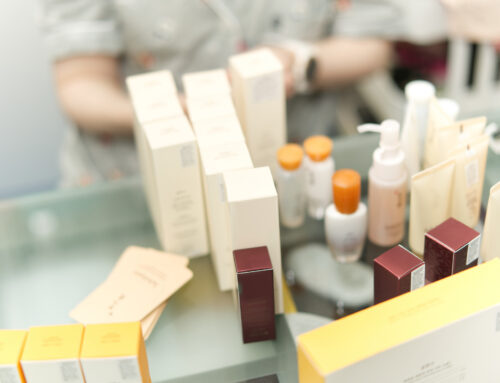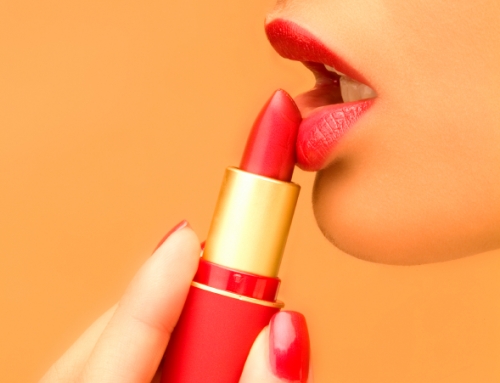
Photo by Alina Karpenko on Unsplash
We would be missing a very big piece of self-care if we didn’t cover detoxification. The subject touches on so many areas of our lives, not just our physical bodies. Of course getting rid of toxins in the body is crucial. The more toxic overload we have, the more susceptible we are to illness. But in today’s post we’ll be looking at ways to detoxify all parts of your life.
Diet for Detox
In the earlier posts we looked at the importance of staying hydrated. We also learned from Dr. Douillard’s great interview how breathing techniques contribute to gut health, organ health, and detoxification. But unless you have an ironclad digestive system, you’ll still be subject to many problems through what you eat. Some people swear by periodic water or juice fasts, but the harm or good depends on what your body can tolerate.
Sweat It Out

Photo by cottonbro on Pexels
As little as 20 years ago it was thought that heavy metals and other harmful toxins are not eliminated with our sweat. But science is always changing and it was later discovered that the glycoproteins in sweat bind to some harmful bacteria, helping to flush them out of the body.
But now it has been shown that sweat also removes toxins. Many of them are the ones you will commonly find in makeup, personal care products, nail polish, and hair dye. They include several of the Environmental Working Group’s “toxic twelve”: phthalates, formaldehyde, and BPA, as well as arsenic, cadmium, lead and mercury. Getting a good workout increases circulation of the blood and lymphatic fluid, pushing a lot of these toxins out of our cells.
Even a semi-vigorous walk or yoga class increases the heat in your body. When your body heats up your sweat glands release those toxins via the more than 2 million sweat glands that lie deep in layers of the skin. Getting some form of vigorous exercise every week is a habit that has many provable benefits. And if you have access to a sauna, and it’s not contra-indicated for you, that’s another effective way to detox through sweat.
Removing Toxins From Our Environment

Photo by Olena Shmahalo on Unsplash
You can’t easily change where you live or the toxins you might be exposed to in your community. But you can certainly clean up your home as much as possible. I mentioned water filtration systems in the earlier post about hydration. If your local water supply is particularly high in contaminants, a full-house filtration system is a good idea.

Photo by Samet Kurtkus on Unsplash
Sorting Through it All
If you think about it, many of this month’s self-care posts are about simplifying. If your mind is cluttered with thoughts, stop, take a break, go outside, focus your attention elsewhere. If what you wear doesn’t please you, recycle it and wear something that does. If your emotions are cluttered with regret or guilt, take action to amend your ways and then be done with it. Simplifying is an important part of self-care. It’s a form of detoxification.
So, simplifying our environment is a good place to start that doesn’t cost anything more than your time. When you’re surrounded with a lot of “stuff” it all tends to invade your subconscious mind. That’s because everything in our immediate environment, at some point, requires some attention, some regular maintenance. (Unless you’re one of those people who can just shut external influences out completely.)
Just as with our fashion choices, a lot of the things that we accumulate may fit a different time in our lives. Maybe they reflected who we were when our needs and interests were different. So simplifying might mean taking a good look at what you own and considering if you are realistically ever going to need or to use them again.
Tossing and Organizing
That doesn’t mean you should just go on a purging spree and toss “useless” things that have true sentimental value for you. And it doesn’t mean that you need to sell or give away valuable heirlooms immediately. It just means that if you have stashes of stuff that you simply threw in a drawer, put in a box, crammed into an album, or that are sitting in piles somewhere, it might be time to go through them and let some of them go. For the ones you keep you might make better use of them if they were put someplace where they actually would get used, someplace that makes sense logically.

Photo by Minh Pham on unsplash
Yes, it can be a daunting, exhausting process. And unless you are extremely energetic it’s likely a more long-term project, especially if it includes something as challenging as cleaning up your old emails and your computer hard drive. But just creating more simplicity in your life and surroundings can actually be energizing and empowering. It can bring peace to your mind and heart.
What You Gain by Letting It Go

Photo by Oleg Magni on Pexels
Detoxing Your Life
The concept of simplicity can spill over into many areas of our lives. When you have gotten rid of things that weigh you down emotionally, psychologically, or physically, your life becomes more spacious. But what is even more valuable is that you become sensitized to what might have complicated your life before. So when faced with the possibility for an event, or an engagement, or even a relationship – something that ordinarily you would just add to your schedule – you might find yourself more able to say “no” to what just doesn’t serve you anymore.

